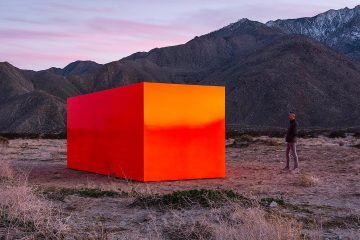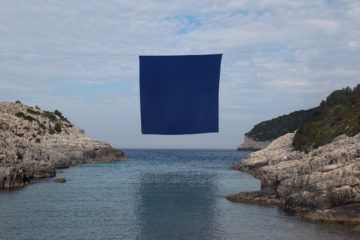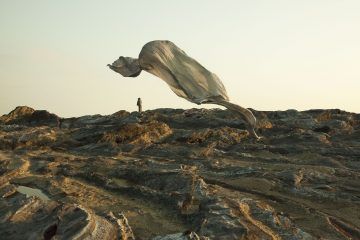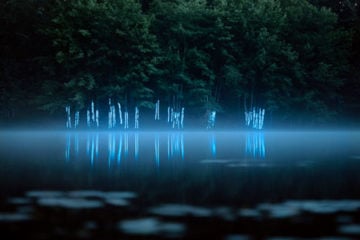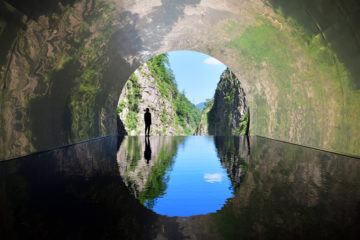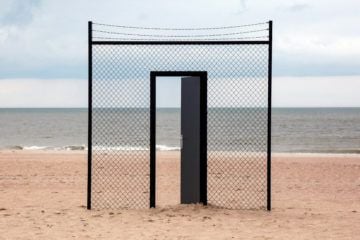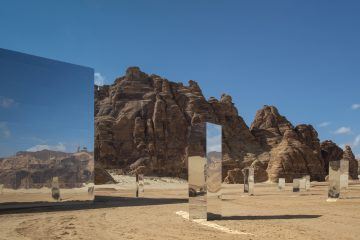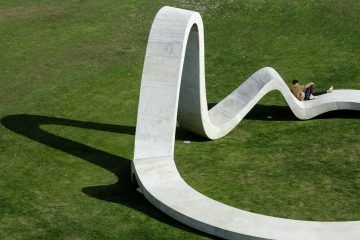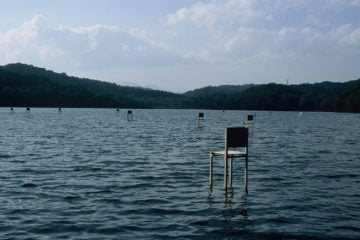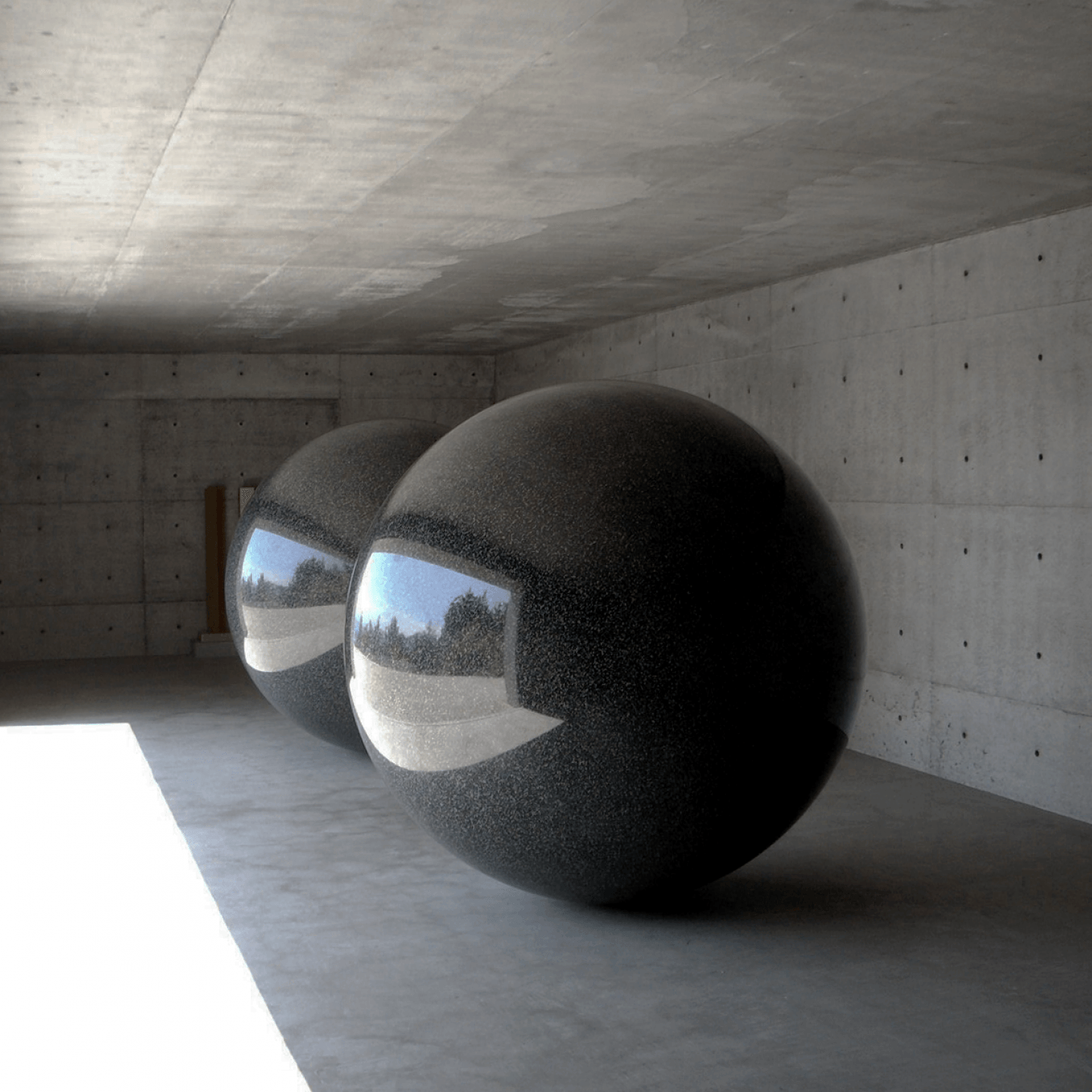
Walter De Maria, The Visionary Artist Responsible For The Rise In Minimalist Art
- Name
- Walter De Maria
- Images
- Walter De Maria
- Words
- Steph Wade
The late American sculptor Walter De Maria (1935 -2013) was many things: chiefly, a pioneering artist who influenced minimal, conceptual, and land art.
De Maria’s career spanned 50 years, and his understanding of how scale in art determines the viewer’s experience, marked him as an innovative sculptor and land installation artist. In 1966, De Maria constructed a rectangular sculpture made of stainless steel titled ‘Cage’, recorded as one of the first ever pieces of minimalist art. This artwork led to further experiments with industrial materials—stainless steel, aluminium, concrete, glass—that are now seen as characteristic of the genre. In 1977, De Maria erected 400 polished steel posts in the remote high desert of the state of New Mexico, arranged in a grid over an area of one mile by one kilometer. This monumental project would become his most famous site-specific artwork, ‘The Lightning Field’, commissioned and maintained by the non-profit Dia Art Foundation. The viewer experience of this artwork changes according to both the time of the day and the weather—it reflects and refracts changing patterns of light, and attracts lightning during thunderstorms (a matter that was rarely actualized, yet never lessened the artwork’s cult-like fame).
A recurring theme in De Maria’s work was to emphasize the viewer’s relationship to the earth, and the earth’s relationship to the universe; creating experiences that are physical and psychic. Later works include ‘The Broken Kilometer’ (1979), 500 brass rods placed in five parallel rows, and ‘Time/Timeless/No Time’ (2004), at Chichu Art Museum on Naoshima Island in Japan. ‘Time/Timeless/No Time’ contains a mammoth black granite sphere positioned in the center of a concrete room, with golden rectangles lining the walls that illuminate by changing natural light. By emphasizing the physical space, De Walta’s artistic legacy is such that when the viewer is confronted by the forms of large scale artworks, they are reminded of how an art environment can expand our awareness.
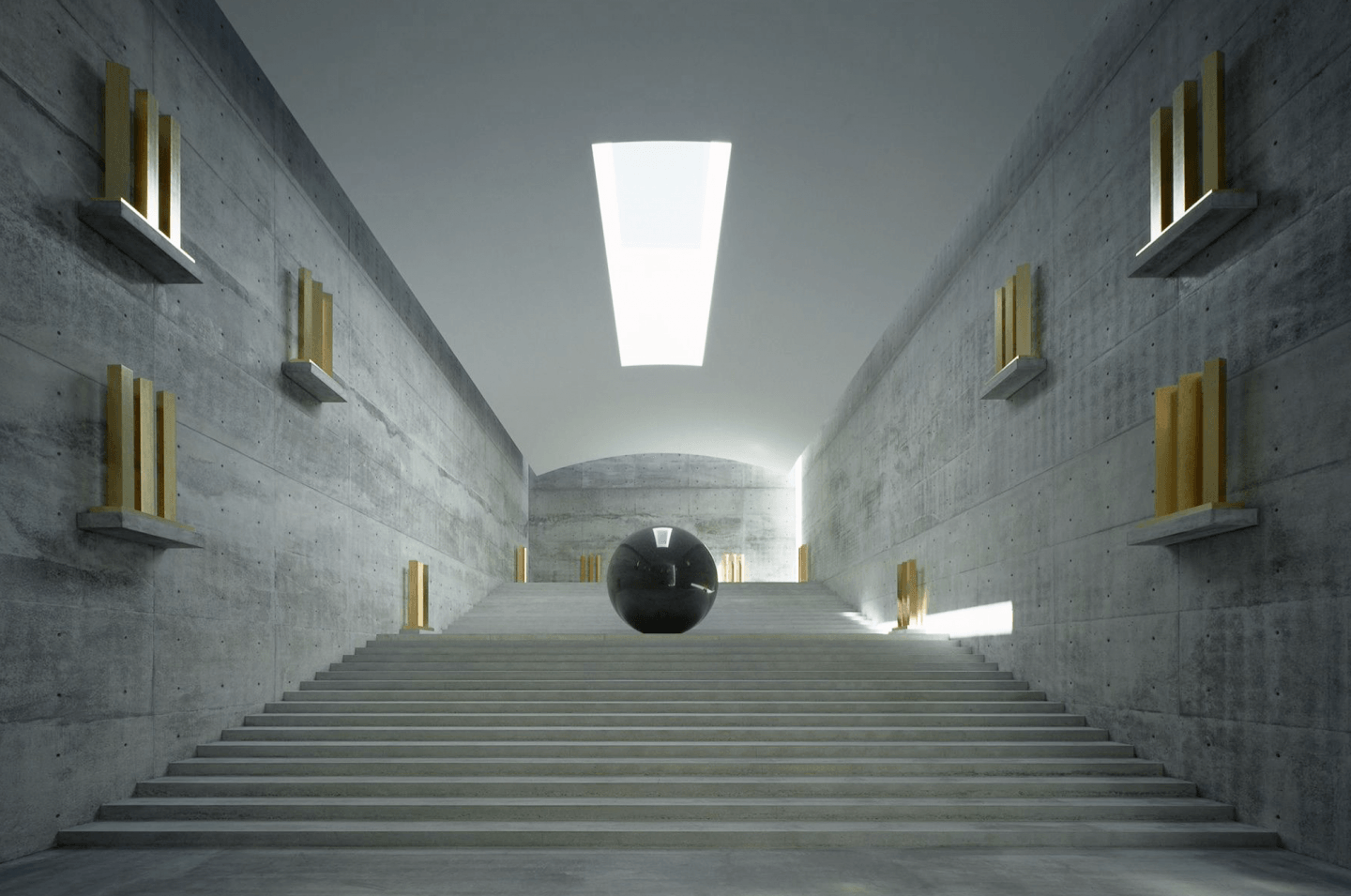
Walter De Maria, ‘Time/Timeless/No Time’, (2004). Chichu Art Museum, Japan. Image © Mitsuo Matsuoka
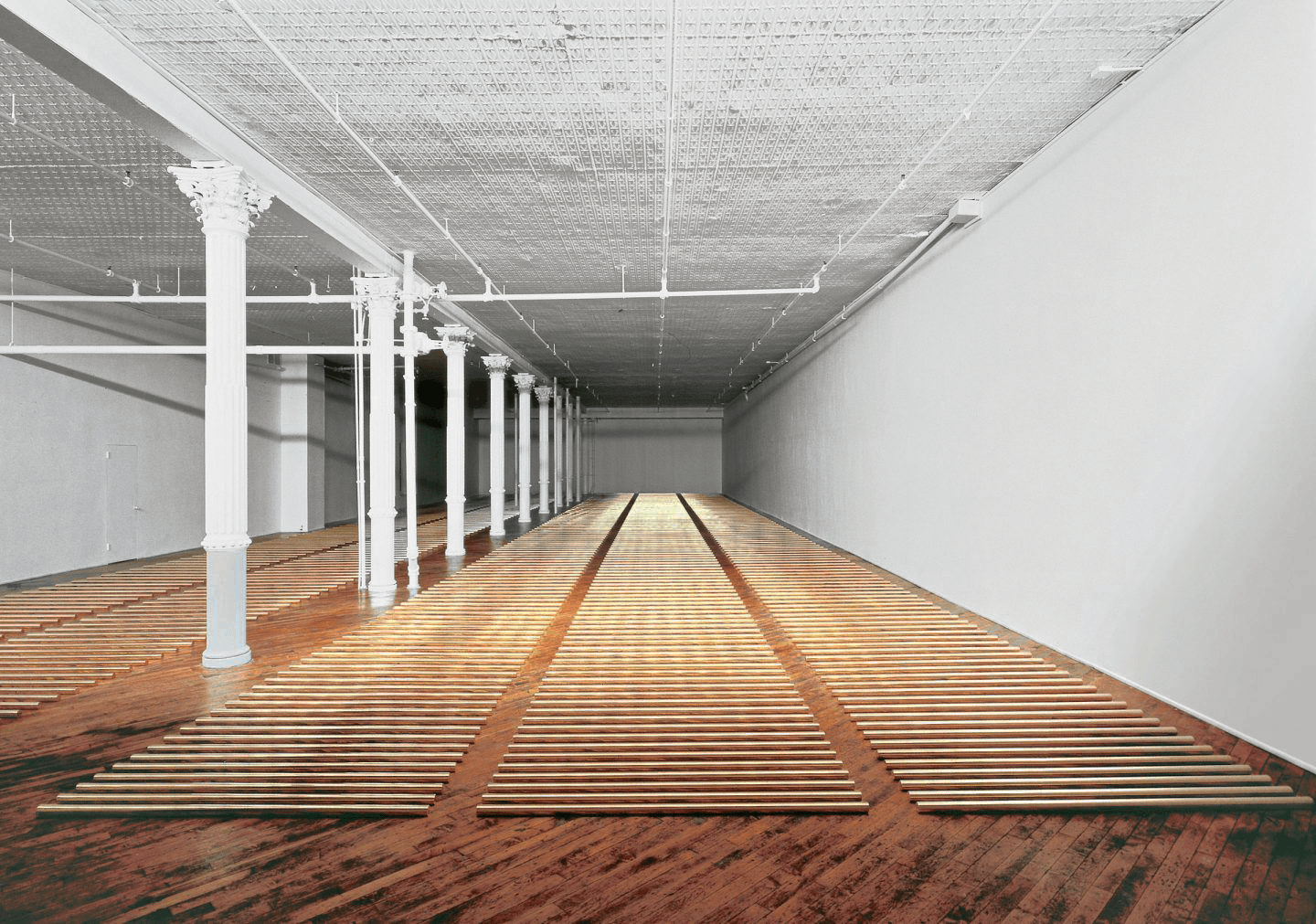
Walter De Maria, 'The Broken Kilometer', (1979). West Broadway, New York City, courtesy Dia Art Foundation. Image © John Cliett
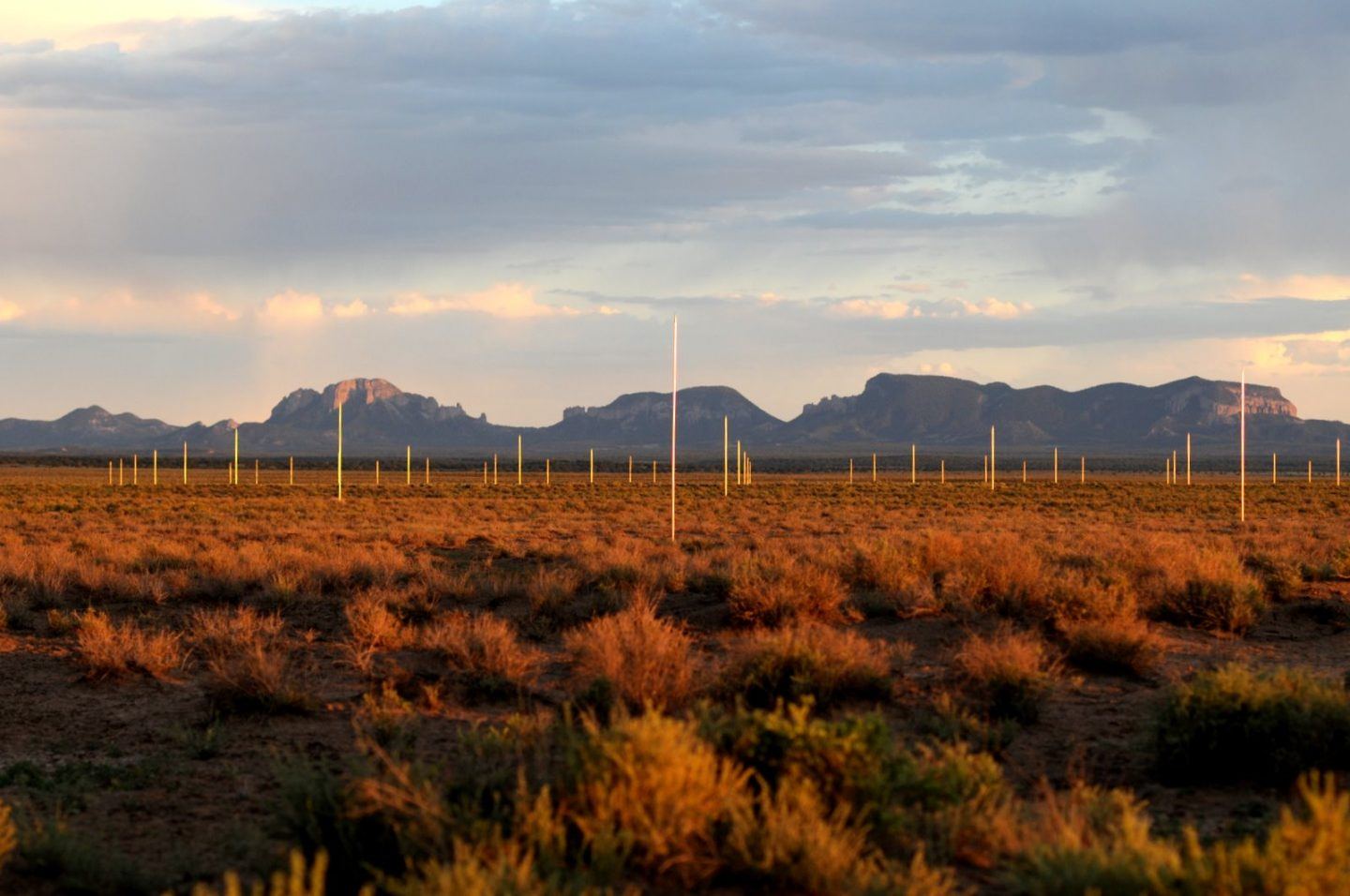
Walter De Maria, 'The Lightning Field', (1977), New Mexico. Courtesy Estate of Walter De Maria and Dia Art Foundation. Image © John Cliett
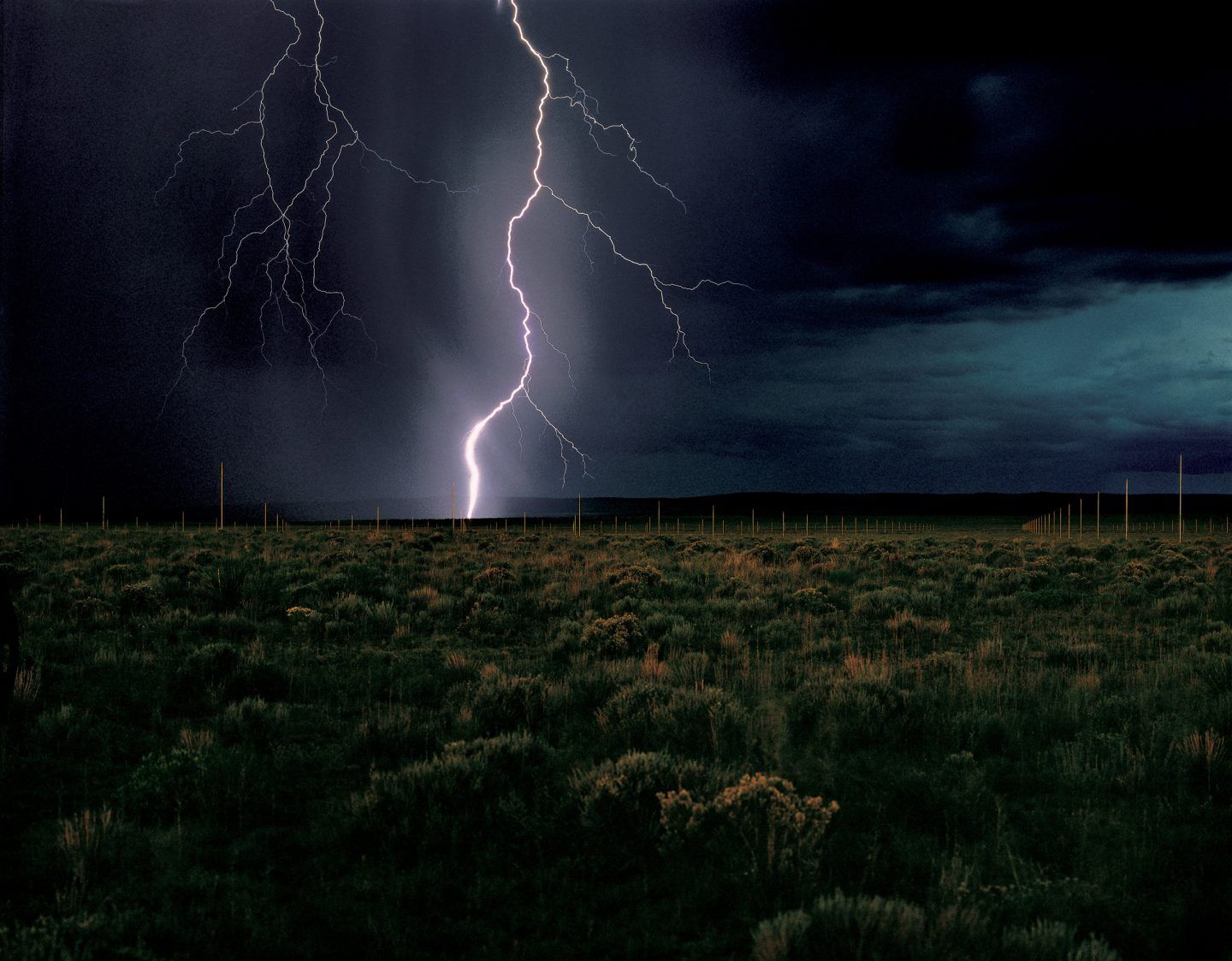
Walter De Maria, 'The Lightning Field', (1977), New Mexico. Courtesy Estate of Walter De Maria and Dia Art Foundation. Image © John Cliett
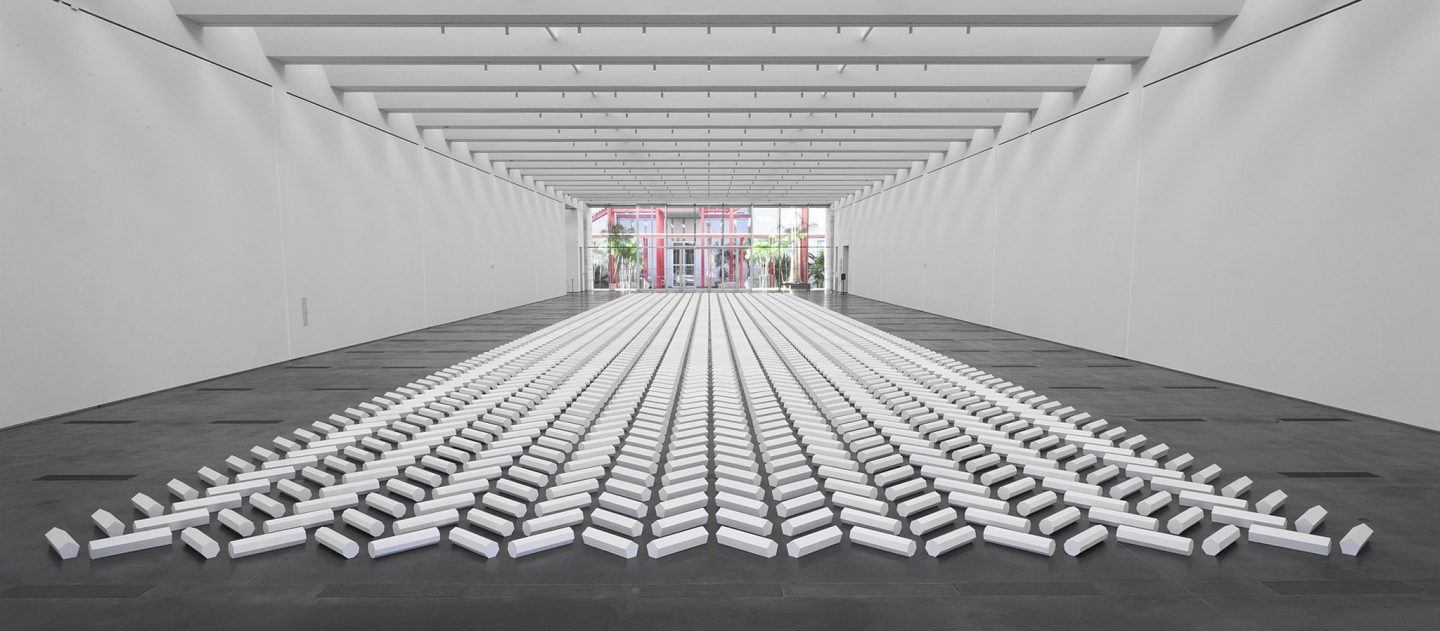
Walter De Maria, 'The 2000 Sculpture', (1992). Collection of Walter A. Bechtler-Siftung, Switzerland. Image © Los Angeles County Museum of Art
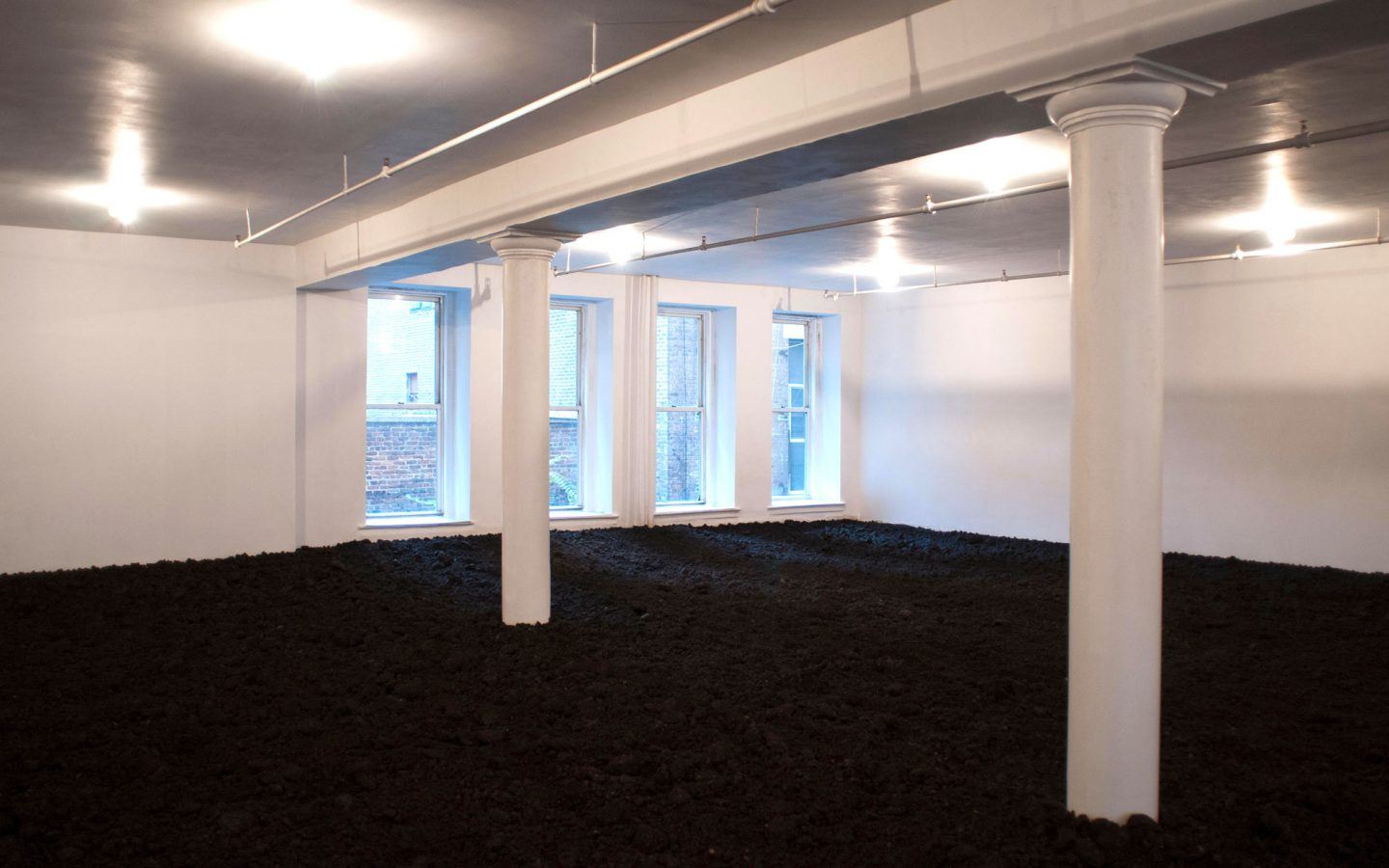
Walter De Maria, 'The New York Earth Room', (1977). Courtesy Estate of Walter De Maria. Image © Sergi Reboredo
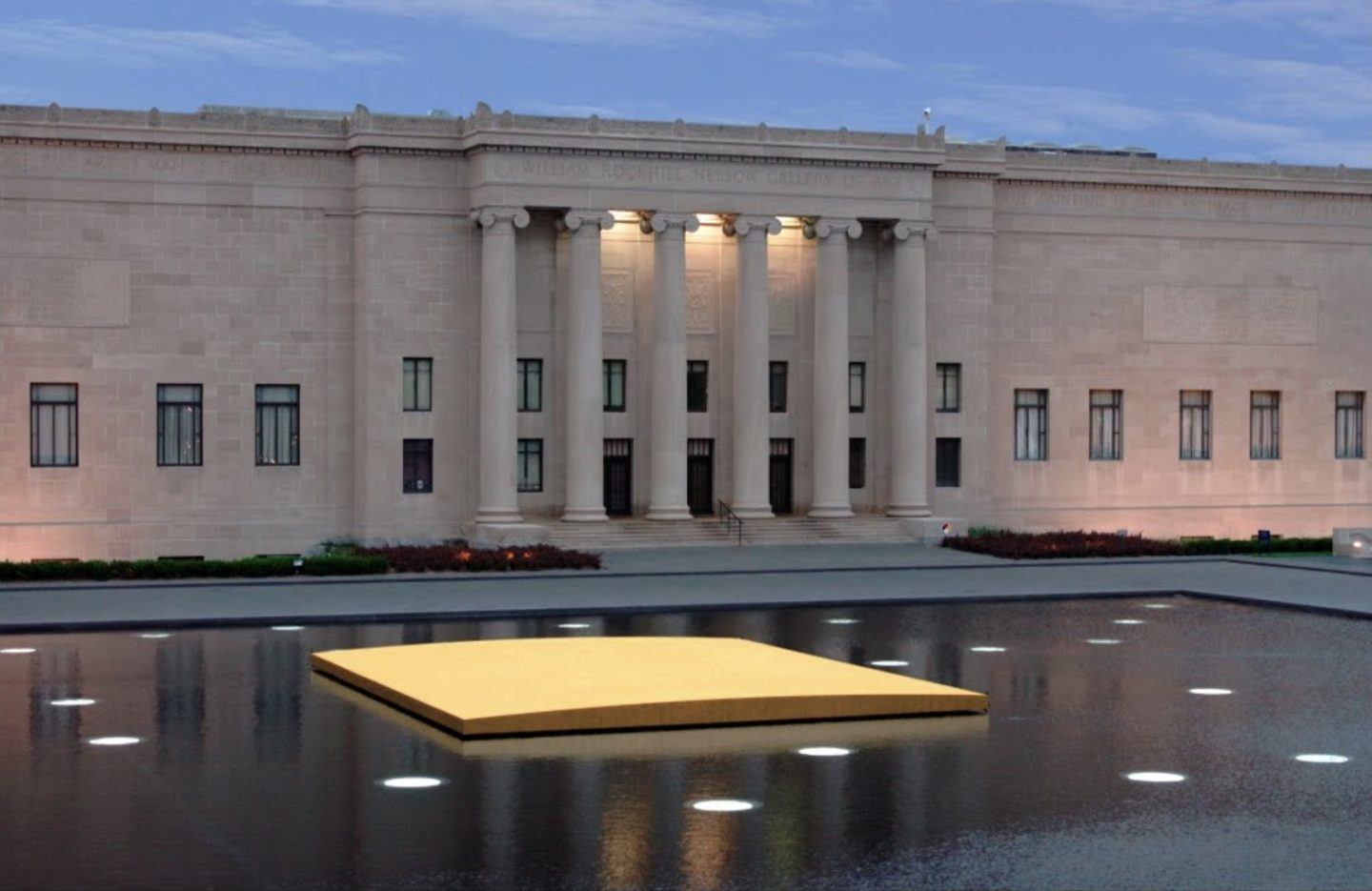
Walter De Maria, 'One Sun / 34 Moons', (2002). Courtesy The Nelson-Atkins Museum Of Art. Image © Google Arts & Culture
